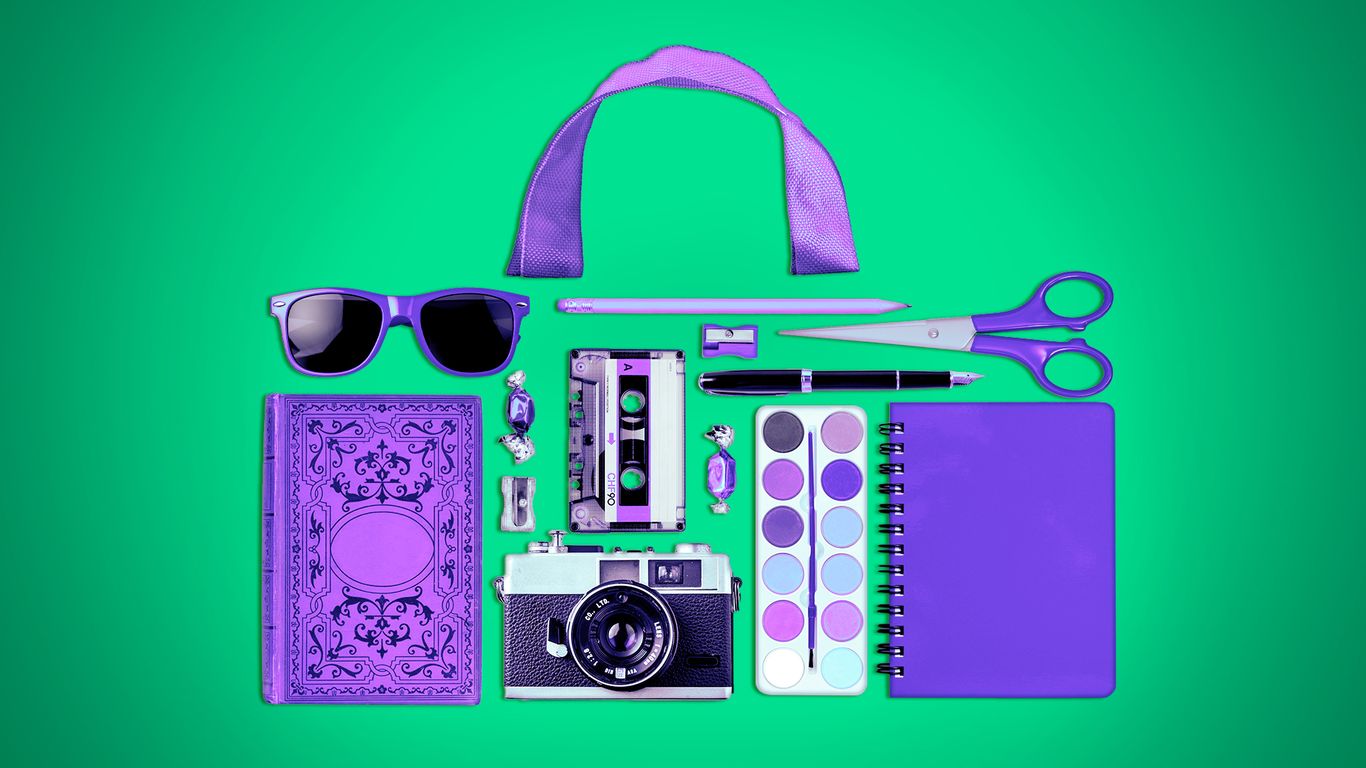
"How it works: "I basically just put everything I could grab for instead of my phone into a bag," including knitting, a scrapbook and a Polaroid camera, says Sierra Campbell, the content creator behind the trend. The 31-year-old keeps one bag at home in Northern California, carrying it from room to room, and another in her car. State of play: The trend has quickly spread on social media, part of a bigger shift to unplug."
"Scrolling, like other habits, is driven by a cue (boredom) and a reward (entertainment), says Charles Duhigg, bestselling author of "The Power of Habit." "If we want to change that [habit], we have to ... find a new behavior that corresponds to that old cue and delivers something similar to that old reward," he tells Axios. Keeping your new habit within arm's reach makes the swap easier."
"The big picture: Stop-scrolling bags fit into a broader revival of analog hobbies, led by younger people, that researchers say is less about trendy nostalgia than embracing a pre-digital, pre-AI world. What we're hearing: "It speaks to an incredible desperation and desire for experiences that return our attention to us, that fight brain-rotting, that are tactile ... that involve creating over scrolling," Beth McGroarty, vice president of research at the Global Wellness Institute, tells Axios."
People are carrying "stop-scrolling" analog bags filled with items like knitting, scrapbooks, Polaroid cameras, toys and coloring books as reachable alternatives to phones. The trend has surged on social media, with #AnalogLife posts up over 330% in the first nine months of 2025 and #AnalogBag gaining traction. Habit science explains that scrolling is driven by cues (boredom) and rewards (entertainment), so swapping in a similar nearby behavior makes change easier. Stop-scrolling bags connect to a broader revival of analog hobbies among younger people and reflect demand for tactile, attention-restoring, creative experiences.
Read at Axios
Unable to calculate read time
Collection
[
|
...
]